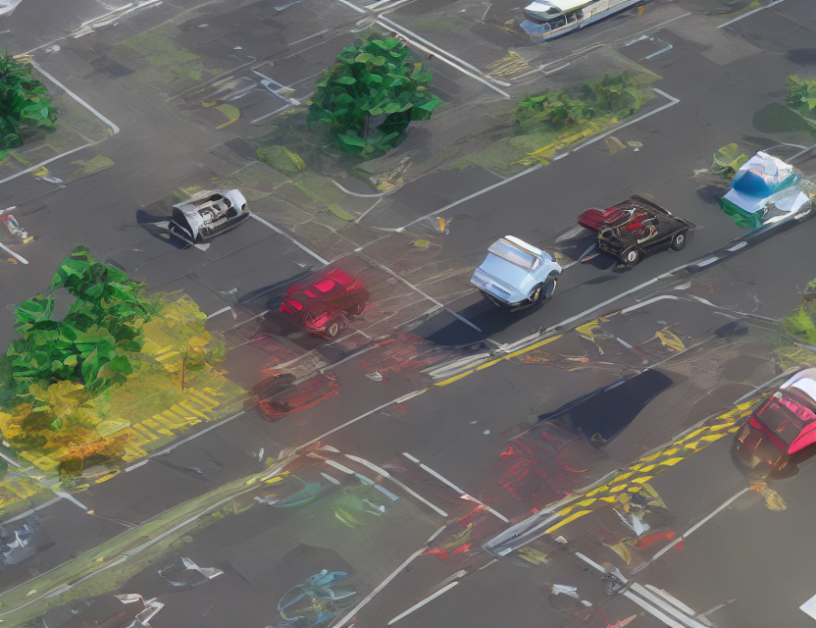This article compares the performance of five decision models in evaluating the accuracy of autonomous vehicles (AVs) in various scenarios. The models include Decision Tree, Logit Model, Support Vector Machine (SVM), Long Short-Term Memory Networks (LSTM), and Mixed Strategy Game Model. The study found that our proposed model outperformed the others, achieving an accuracy rate of nearly 90%. The article highlights the importance of effective decision-making in AVs, particularly in mixed human-machine driving environments.
Key Takeaways
- Autonomous vehicles must interact effectively with human-driven vehicles to ensure safety and efficiency.
- Our proposed decision model outperformed other models in evaluating accuracy, achieving an overall accuracy rate of nearly 90%.
- Decision-making is critical for autonomous driving, as it enables AVs to comprehend the driving intentions of other participants and make decisions that are understandable to all.
- Mixed Strategy Game Model was found to be the least accurate model among the five, with an overall accuracy rate of approximately 70%.
- The study emphasizes the significance of developing effective decision-making strategies for autonomous vehicles in complex driving scenarios.
Metaphor: Imagine navigating through a busy intersection while trying to communicate with other drivers. Effective decision-making allows AVs to understand and respond to the intentions of other participants, ensuring a smooth and safe journey for everyone involved.



